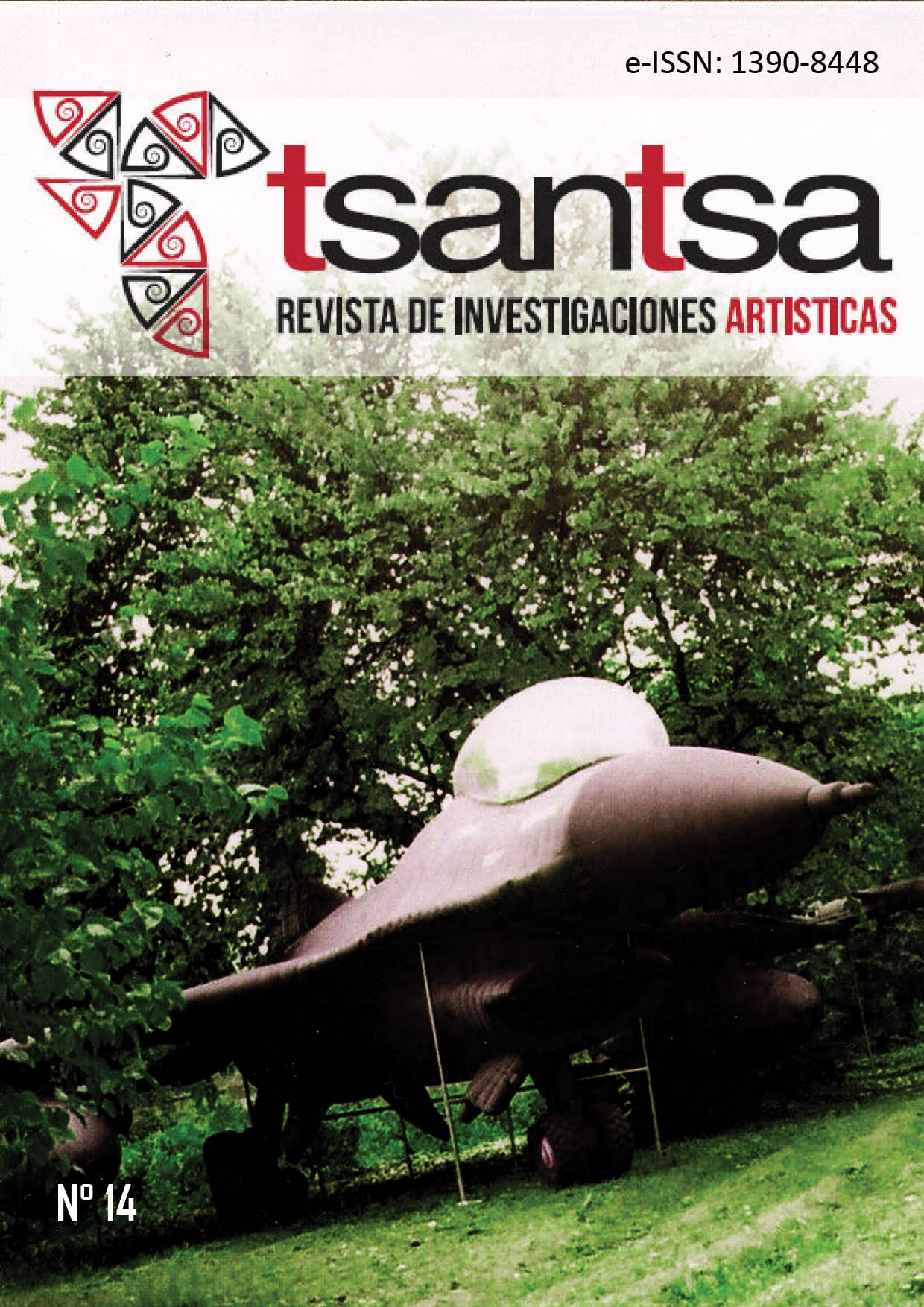Drawing and color strategies through India´s tribal art
DOI:
https://doi.org/10.18537/tria.14.01.03Abstract
The following article analyses the process of creating tribal drawings and votive designs on the houses` walls of the villages in India, focusing particularly on the ritual murals related to the marriage events of the Mithila and Warli ethnic groups. Usually made by the village´s women, these drawings are normally requests for marriage and fertility to the Gods, closely linked to the productivity of the crops and to the ancestral tantric thought. Despite the fact that this paper´s aim is the study of ethnic drawing from an aesthetic perspective, it is also related to the anthropological or sociological aspects of the context in which they are made, being the ritualistic process of creating the mural design more important than the final result itself. Currently, the tourist industry and global capitalism have provided a path for these women´s economic independence, who had started to transfer their drawings to paper in order to sell them as souvenirs.
KEYWORDS: Tribal Art, India, Tantra, Goddess, Ritual.
Downloads
References
Dallapicola, A. (ed.) (2011). Indian Painting: The Lesser-Known Traditions. Nueva Delhi: Niyogi Books.
Dalmia, Y. (1988). The Painted World of the Warlis. Art and Ritual of the Warli Tribes of Maharastra. Nueva Delhi: Lalit Kala Akademy.
Daniélou, A. (1964). Hindu Polytheism. Londres: Routlegde & Kegan Paul.
Doshi, S. (ed.) (1992). Tribal India. Ancestors, Gods and Spirits. Delhi: Marg Publications.
Fernández del Campo, E. (2013). El Arte de India. Historia e historias. Madrid: AKAL.
Hernández, D. (1997). Claves del Yoga. Teoría y práctica. Barcelona: La Liebre de Marzo.
Jayakar, P. (1990). The earth mother: Legends, Goddesses and Ritual Arts of India. Nueva York: Harper & Row Publishers.
Khanna, M. (1981). Yantra. The Tantrism Symbolf Cosmic Unity. Londres: Thames and Hudson.
Maillard, C. (ed.) (2001). El árbol de la vida. Naturaleza en el arte de las tradiciones de India. Barcelona: Kairós.
Pisharoty, S. B. (2015). An Artist's Lifework Painted Over by the Brushstrokes of Bureaucracy. The Wire [en línea]. [Fecha de consulta: 27 de julio de 2023]. https://thewire.in/culture/an-artists-lifework-painted-over-by-the-brushstrokes-of-bureaucracy
Rawson, P. (1973). The art of Tantra. Nueva York: Oxford University Press.
Véquad, I. (1977). The Art of Mithila. Ceremonial Paintings from an Ancient Kingdom. Londres: Thames and Hudson.
White, D. G. (ed.) (2000). Tantra in Practice. Reino Unido: Princeton University Press.
Yadav, V. K. (2018). Introduction: Mithila Kohbar Art. [en línea]. [https://elibrary.tucl.edu.np/bitstream/123456789/2929/3/Chapter%201.pdf
Downloads
Published
How to Cite
Issue
Section
License

This work is licensed under a Creative Commons Attribution-NonCommercial-ShareAlike 4.0 International License.



